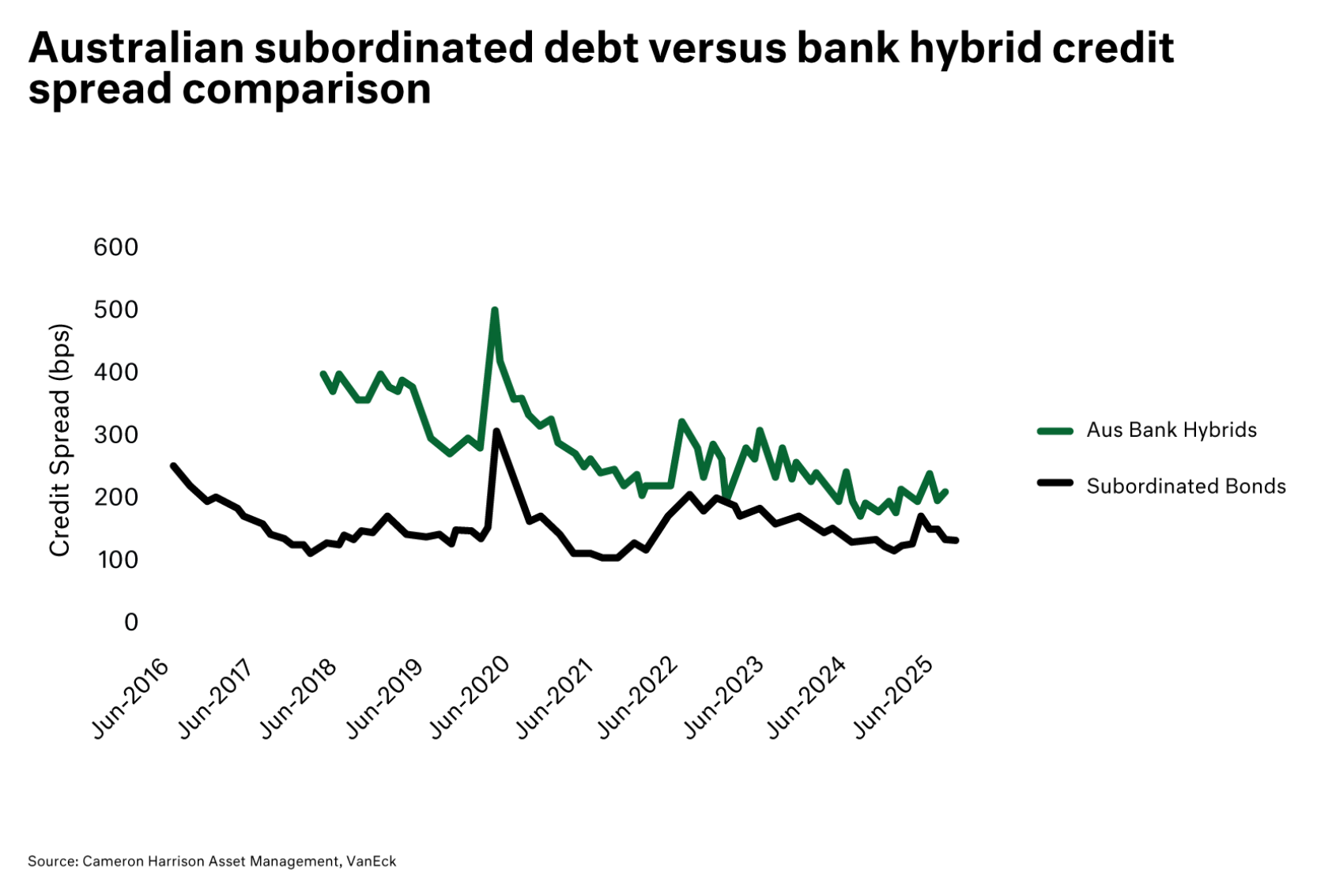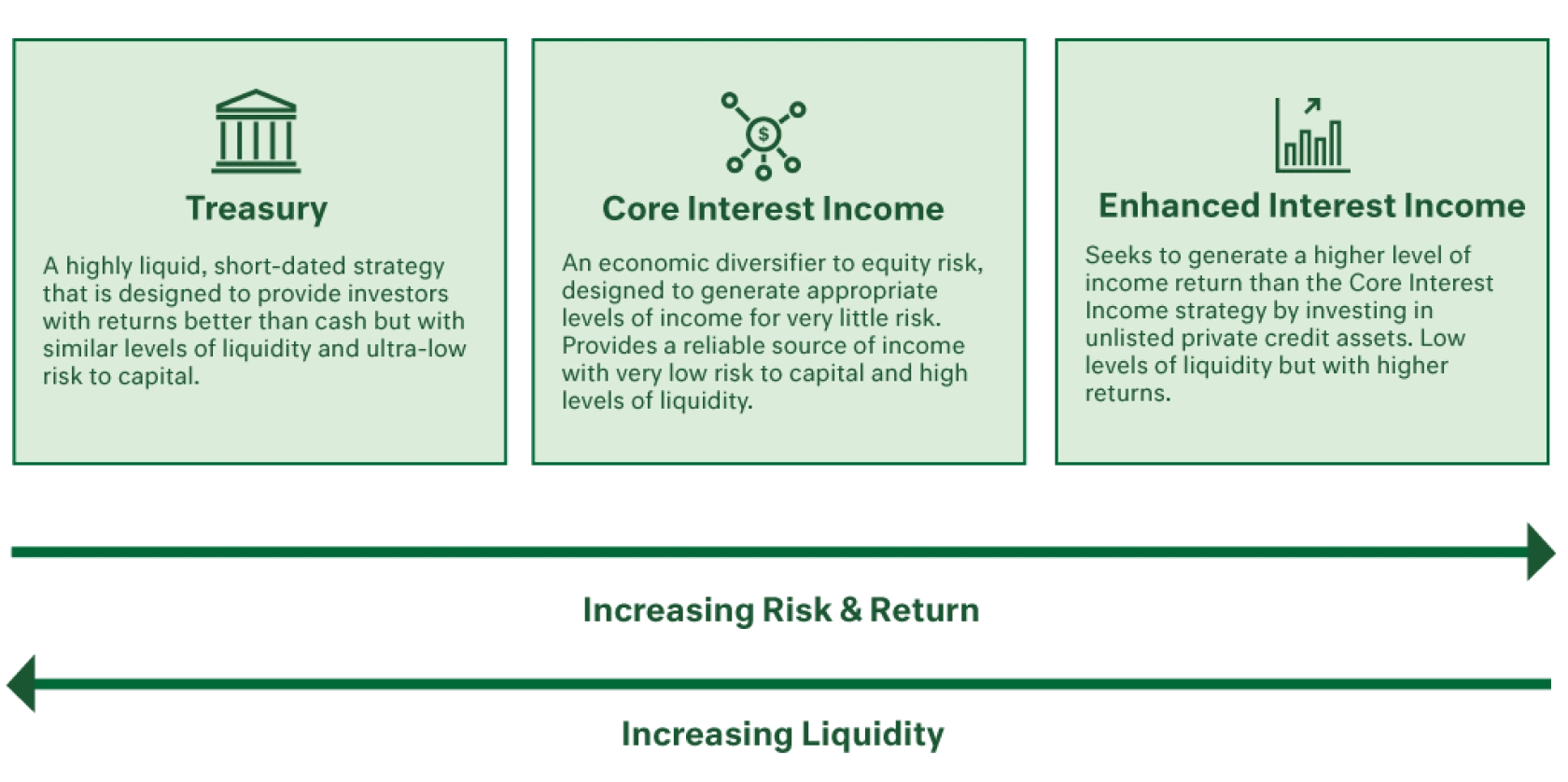The Australian Prudential Regulation Authority (APRA) has confirmed that Additional Tier 1 (AT1) capital instruments — bank hybrids — will be phased out of the Australian banking system. From 1 January 2027, hybrids will no longer qualify as regulatory capital, with a full phase-out by 2032.
The decision follows lessons from the 2023 global banking turmoil, where the Credit Suisse AT1 write-off showed that hybrids acted more as “gone concern” rather than “going concern” capital. APRA concluded that AT1s failed their intended purpose of absorbing losses early enough to stabilise banks in periods of stress.
Under the new framework:
Large banks’ hybrid requirements (1.5% of capital) will be replaced with 0.25% CET1 and 1.25% Tier 2.
Regional banks will replace AT1 entirely with Tier 2.
Overall capital strength remains unchanged, but composition is simpler, more transparent, and more reliable.
While some investors will miss the yield and franking credits hybrids provided, APRA views the long-term benefits of resilience and clarity as outweighing the short-term costs.



